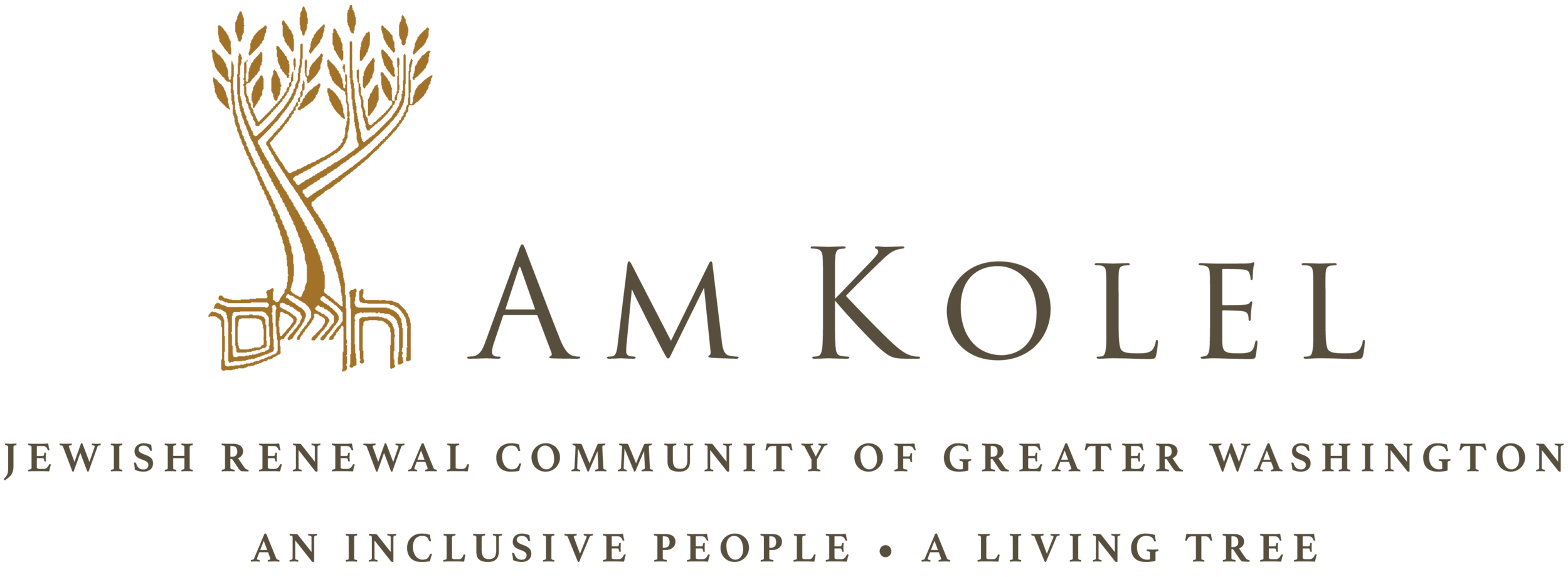This week’s Parsha, Ki Tisa, brings us to the conclusion of the Torah passages that recount the construction of the Sacred Center...
This week’s Parsha, Ki Tisa, brings us to the conclusion of the Torah passages that recount the construction of the Sacred Center, the Mishkan, and its contents, the centrality of spiritual leadership and the significance of ritual offerings.
This week’s Parsha beautifully begins with the recognition of the importance of each individual Israelite. Each one of us counts. “That each head (person) be carried/lifted up to be counted…”, to be spiritually uplifted. It sounds like a census, but it is more than that. Each person, rich and poor, no matter their economic station in life is then instructed to give a half shekel as an offering of atonement, a modest amount. “The rich must not give more, and the poor may not give less…”.
After more devotional rituals, we hear of the instruction to “observe the Sabbath, as a sign of the Covenant, of the sacredness time.” We hear that the desecration of the Sabbath, this day of rest and renewal and restoring our relationships with each other and the earth, can lead to death! We can understand this both as a physical and spiritual death.
The Parsha then moves into Moses receiving the revelation once again at Sinai, coming down the mountain, carrying two tablets filled with rays of light, hearing about that ruckus in the Israelite encampment, the building of a golden calf, and how upset he becomes. Moses throws down the tablets. God is also distraught and wants to destroy the people. Moses talks him out of it! What’s going on?
Come for Shabbes if you can.
We are still confronted by enormous obstacles and opportunities. In this story the people and their leaders are able to get back on track. Can we?
Kadimah!
Reb David
